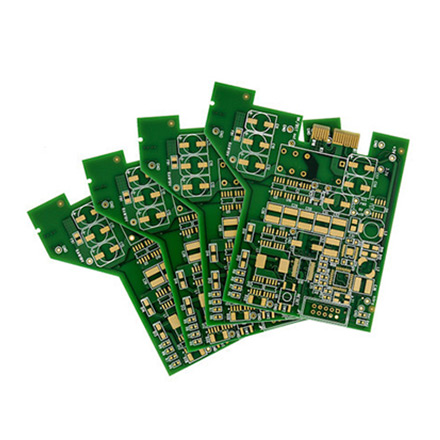

The Allure and Functionality of Clear Reflective Glass
Clear reflective glass has emerged as a popular architectural and design element that encapsulates elegance and functionality. Its unique blend of transparency and reflective properties has made it a favored choice in a multitude of settings, from modern skyscrapers to residential homes. This article explores the characteristics, advantages, and applications of clear reflective glass, highlighting its significance in contemporary architecture and design.
Characteristics of Clear Reflective Glass
Clear reflective glass is a specially treated glass that possesses both clarity and reflectiveness. The glass is produced by applying a thin metallic coating, usually of silver or another reflective metal, to one side. This coating allows the glass to reflect a significant amount of visible light while still permitting a degree of transparency. The result is a material that can mirror surroundings while also providing a view through the glass.
The thickness and composition of clear reflective glass can vary, affecting its reflection and transmission properties. Typically, the glass is manufactured in various thicknesses, enhancing its usability in a range of applications. The coating also helps to minimize glare and heat transfer, creating a more comfortable environment in buildings.
Advantages of Clear Reflective Glass
One of the most significant advantages of clear reflective glass is its ability to enhance energy efficiency in buildings. The reflective surface reduces the amount of solar heat that enters a space, thereby decreasing the need for excessive cooling. This energy efficiency can lead to lower utility bills and a reduced carbon footprint, making it an environmentally friendly choice.
Additionally, clear reflective glass offers privacy without sacrificing natural light. In commercial buildings, this property is particularly valuable, as it allows occupants to enjoy daylight while keeping prying eyes at bay. The reflection merges the indoor environment with the outdoor landscape, creating a dynamic visual experience.
Another captivating feature is its aesthetic impact. Clear reflective glass can add a sophisticated touch to any structure, creating a sleek and modern look. It can be used to construct intriguing facades that change appearance with the weather and time of day, giving buildings a unique character. This adaptability makes it a preferred material for architects and designers seeking innovative solutions.

Applications of Clear Reflective Glass
The applications of clear reflective glass are vast and varied. In commercial architecture, it is frequently used in skyscrapers and office buildings, where it reflects the urban landscape while providing occupants with panoramic views. Its installation in curtain walls not only enhances the building’s visual appeal but also contributes to energy efficiency.
In residential settings, clear reflective glass can be utilized in windows, doors, and even shower enclosures. Homeowners are increasingly opting for this material to create visually appealing spaces that meld indoor and outdoor environments. The ability to maintain privacy while inviting natural light into the home makes it an attractive option for modern living.
Moreover, clear reflective glass finds its place in interior design. It is often used for mirrors, partitions, and accent walls. The reflective quality can be harnessed to make smaller spaces appear larger and more open, providing a sense of airiness and elegance. Interior designers leverage its attributes to create contemporary and stylish interiors that resonate with harmony and sophistication.
The Future of Clear Reflective Glass
As technology advances, the potential for clear reflective glass continues to expand. Innovations in coatings and manufacturing processes are making it possible to produce glass that is even more energy-efficient and durable. Smart glass technology, which allows for dynamic adjustments in transparency and reflectivity, is also on the horizon, promising new possibilities for climate control and privacy.
The growing emphasis on sustainable building practices suggests that the demand for clear reflective glass will increase in the future. Real estate developers and architects are shifting towards materials that are environmentally friendly, and clear reflective glass fits the bill perfectly. Its ability to enhance energy efficiency while providing aesthetic appeal positions it as a key player in the future of architecture.
Conclusion
Clear reflective glass is much more than a decorative element; it is a multifunctional material that enhances both the beauty and utility of modern buildings. Its unique properties, energy efficiency, and versatility make it a sought-after choice in various applications. As we move towards a more sustainable and aesthetically-driven future, clear reflective glass will undoubtedly continue to play a pivotal role in shaping the architectural landscape.